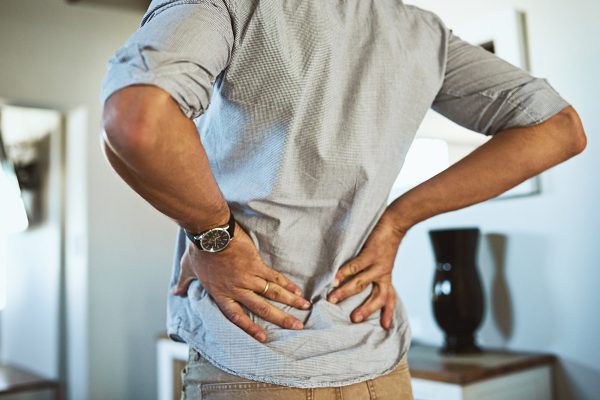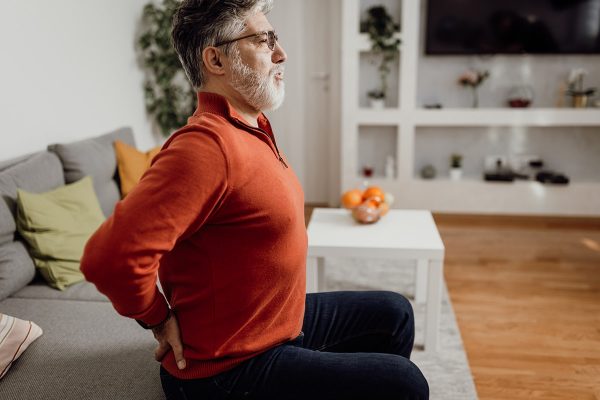
Lumbar stenosis is a condition that affects the lower back causing pain and discomfort. It occurs when the spinal canal in the lower back becomes narrow which puts pressure on the nerves that run through it. As a result people suffering from lumbar stenosis often experience pain that may be constant, numbness and weakness in their legs. But does this pain also occur when resting? In this article we’ll answer this question in detail.
To answer whether lumbar stenosis hurts when resting we need to understand the cause of the pain. The pain in lumbar stenosis is caused by the pressure on the nerve roots in the lower spine which transmits sensation and movement to our lower body. Therefore a person with spinal stenosis may experience pain even when they are not moving. The pain may worsen when sitting or standing for prolonged periods as this increases the pressure on the lower back. However resting may provide temporary relief from the pain but it depends on the severity of the stenosis.
Another factor that influences whether lumbar stenosis hurts when resting is the degree of nerve compression. Not all spinal stenosis cases are the same and some cases may be more severe than others. If the nerve compression is mild a person may experience fewer symptoms that are not as severe. But in severe cases a person may experience excruciating pain that persists even when they’re resting.
The pain intensity may also depend on the position of the person while resting. For example, lying down with your knees bent may reduce the strain on your lower back and alleviate the pain. In contrast, lying flat on your back or stomach may worsen the pain. Similarly, using a recliner or elevating your legs may also help reduce the pain.
Fortunately, there are various treatment options available for people suffering from lumbar stenosis. Physiotherapy and chiropractors can help alleviate the symptoms and improve the quality of life. Physiotherapy can work on stabilizing muscles, improving flexibility, and reducing inflammation in the affected area. Chiropractic care can also help promote the alignment of the spine and improve range of motion.
In conclusion, lumbar stenosis can cause pain and discomfort, even when the person is resting. The severity of the pain depends on various factors such as the degree of nerve compression and the position of the person while resting. Resting may provide temporary relief, but it’s not a long-term solution. If you’re suffering from lumbar stenosis, it’s essential to consult a medical professional and get the appropriate treatment to alleviate the symptoms and improve your quality of life. With the help of physiotherapy and chiropractic care, most people can find relief from lumbar stenosis pain, even when resting.




